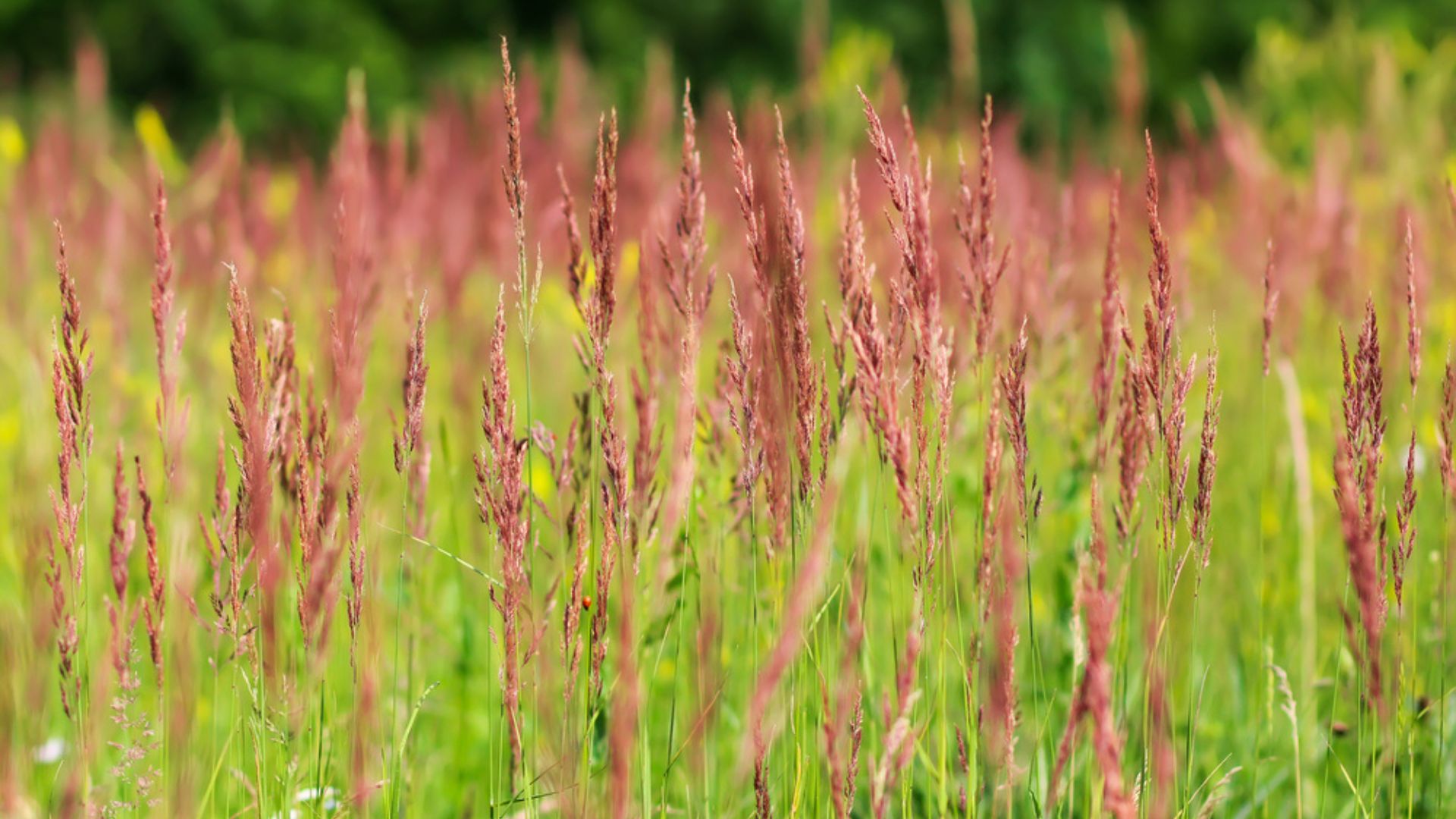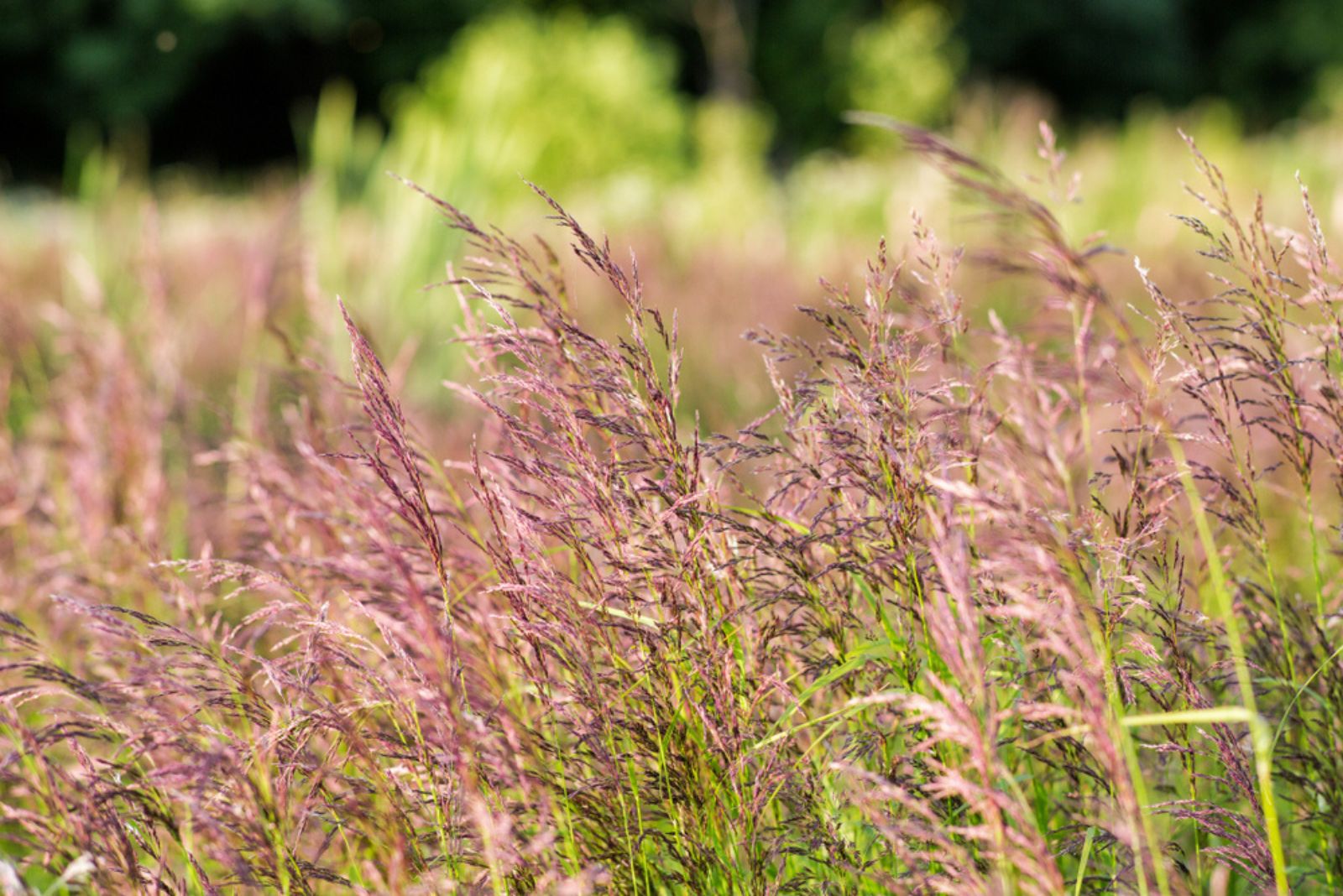A few years ago, I wanted to switch up my grass and decided to plant Red fescue… I’ve heard a lot of stories about it, but still gave it a shot.
Let’s just say I should’ve listened to what other gardeners told me about Red fescue.
This grass is popular for cool-season lawns and shady spots. It establishes quickly and forms a nice green carpet… so far, so good, right?
Well, it’s not quite like that – fescue can quickly turn on you and start growing aggressively. It can get invasive and smother other plants, especially if it’s not native in your area.
And that’s just the tip of the iceberg!
There are many things that can go wrong with fescue. So, if you were planning on growing it, keep on reading to find out why red fescue might not be the perfect choice for your lawn.
Invasiveness Is The Main Issue
When it comes to Festuca rubra, also known as red fescue, things can get a bit confusing.
This grass species has various subspecies, with some originating from North America and others from Asia or Europe. If your grass seed label doesn’t specify which subspecies you’re planting, you might end up spreading invasive grass across your yard.
Sure, lots of popular turfgrasses in the U.S. (like Bermuda or zoysia grass) aren’t native either. But there’s a good reason to consider native alternatives – non-native species like red fescue can overpower local plants, mess up the ecosystem, and even encroach on natural habitats.
I only wanted my lawn to be dense and vibrant without any fuss, but turns out, red fescue is not as low-maintenance as I’d hoped.
It’s prone to going dormant in the summer heat and drought, so you might find yourself watering more than you’d like to keep it green.
If temperatures climb above 75°F, even your best efforts might not keep it from turning brown and looking a bit sad (trust me, I tried everything).
Related: 3 Important Things You Need To Know Before Growing Tall Fescue Grass
Though There Are Still Other Disadvantages That Might Concern You
Of course, the invasiveness wasn’t the only thing I encountered. Here are the main disadvantages of planting red fescue, broken down into bullet points (you’re welcome):
• Poor heat and drought tolerance – red fescue struggles in hot or dry climates, especially during summer. It may turn brown and thin out without constant care.
• Low traffic tolerance – it’s not ideal for high foot traffic areas, making it a poor choice if your yard is used for playing or pets (my dog is tiny and still messes up the lawn).
• High water needs in warmer climates – while it requires less water in cooler northern regions, in warmer areas, red fescue needs frequent irrigation to maintain its green color.
• Dislikes frequent mowing – red fescue doesn’t respond well to being cut often (which I thought was a good thing, but you’ve got to cut it at some point!). However, doing it in the summer can lead to significant lawn damage.
These points highlight why red fescue might not be the best choice for everyone, especially in warmer climates or active households.
I personally switched to no-mow lawn alternatives and I couldn’t be happier!
So, what do you think? Is Red fescue still worth growing?
Please share your thoughts with me!
Also read: Ryegrass vs Fescue: Everything You Need To Know In One Place


